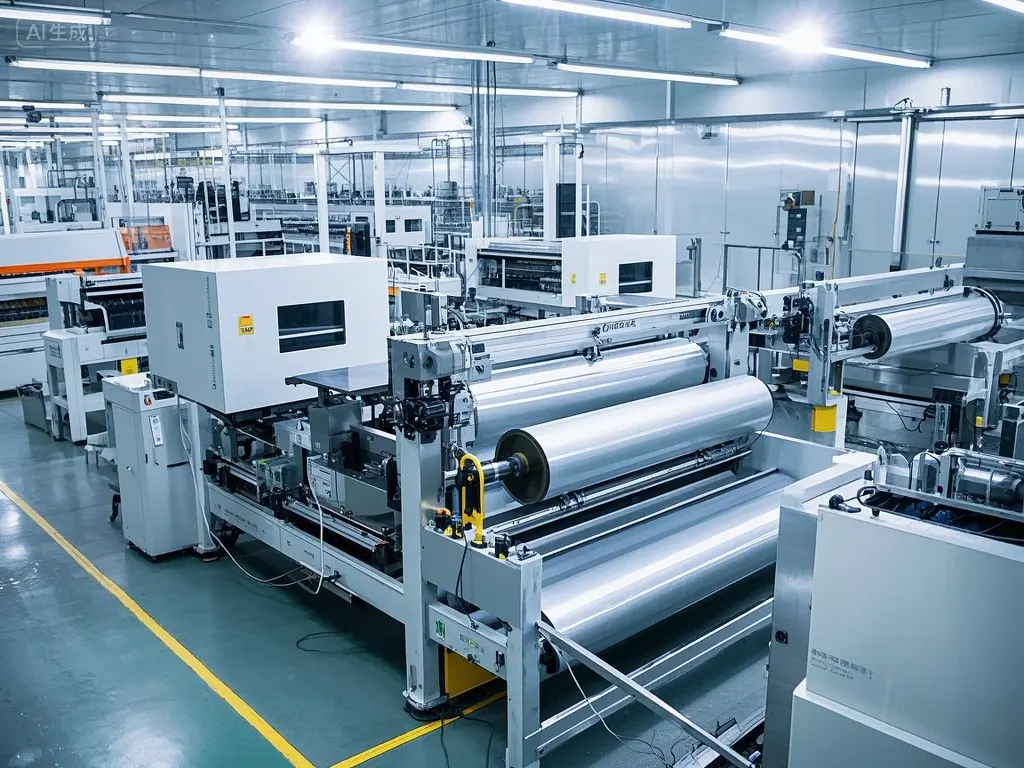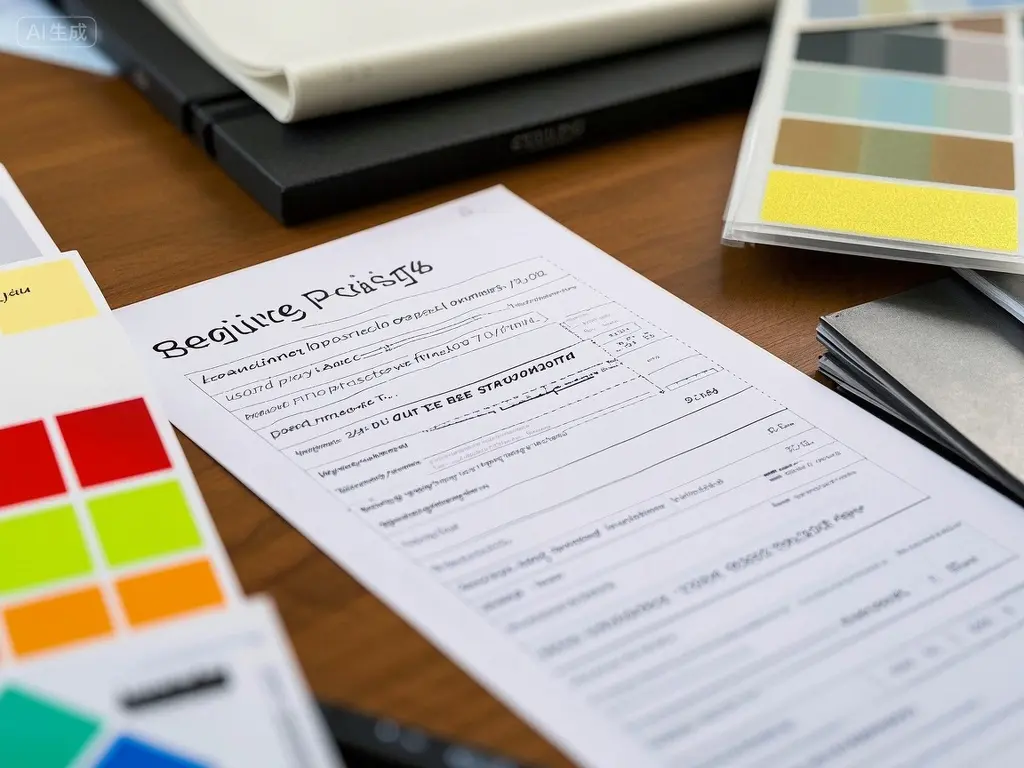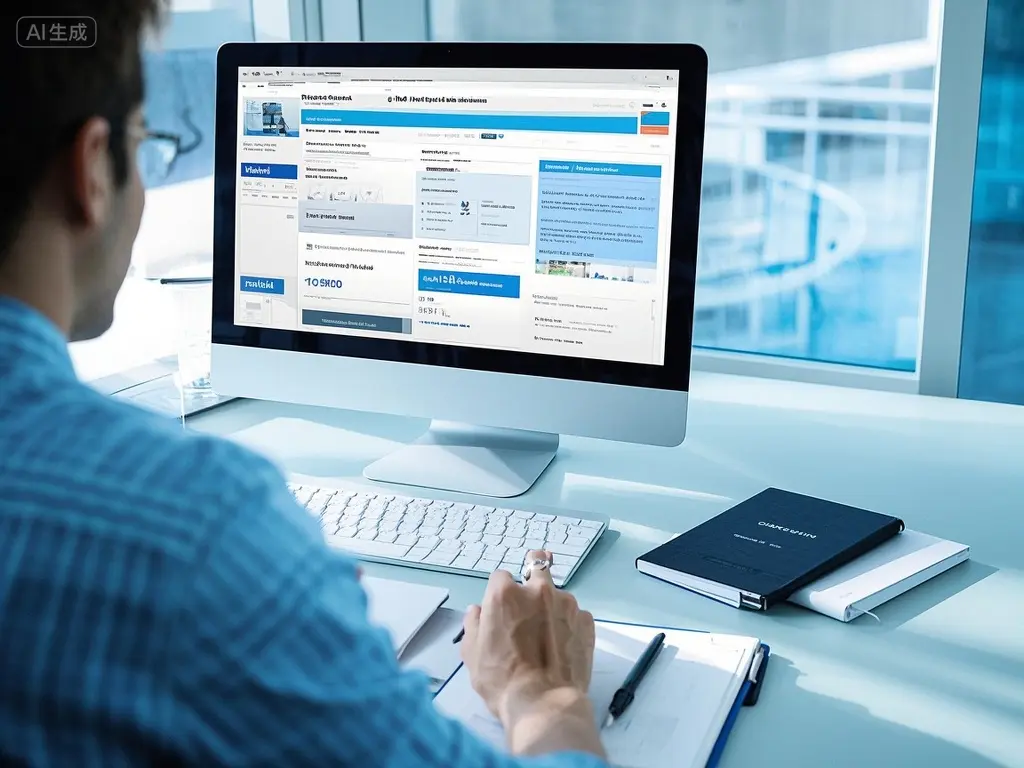Finding the Perfect Reflective Sheeting OEM Partner: A How-To Guide?

Finding the right OEM partner for your reflective sheeting needs can feel like searching for a needle in a haystack. I’ve been in the marketing and content creation world for years, and even I was overwhelmed at first when I started researching this topic. So, I know how frustrating it can be to navigate the complexities of sourcing high-quality, reliable reflective materials. This guide will help you cut through the confusion and find the perfect fit for your project.
This post simplifies the process of finding a reliable OEM for your reflective sheeting needs. We’ll cover everything from understanding your requirements to negotiating contracts, ensuring you get the best possible product and partnership.
Let’s get started!
[Claim] This blog post provides expert advice on selecting OEM partners for reflective sheeting based on extensive research and real-world experience.
What are Your Specific Reflective Sheeting Needs?
This is where it all begins. Before you even start looking at manufacturers, you need to define your project. What type of reflective sheeting do you need? What’s the application? Road signage? Apparel? Vehicle markings? The more detailed your specifications, the easier it will be to find a suitable partner. Think about things like:
- Material: Glass beads, prismatic, or other types?
- Color: Standard colors, or something custom?
- Performance requirements: Brightness, durability, lifespan.
- Quantity: A small order or a large-scale production run?
- Budget: How much are you willing to spend?
My first project involving reflective sheeting was a nightmare because we didn’t nail down the specifications. We ended up with the wrong type of material, and the whole project was delayed. Don’t make the same mistake!
Snippet: Define your needs comprehensively – material, color, performance, quantity, and budget – to efficiently find the right OEM.

Dive Deeper: Take the time to create a detailed spec sheet. This will become your bible throughout the process. This prevents costly mistakes further down the road. Think of this as your project blueprint—thorough and detailed.
[Sub-heading claims] Failure to define needs clearly leads to costly rework and delays. A comprehensive spec sheet is essential for a successful outcome.
How to Research and Shortlist Potential OEMs?
Once you know exactly what you need, it’s time to find potential suppliers. Start with online searches, focusing on keywords like “reflective sheeting OEM,” “reflective material manufacturers,” and adding your specific material type (e.g., “prismatic reflective sheeting OEM”). Look at their websites, case studies, and client testimonials.
Don’t just rely on the internet; tap into your network. Talk to colleagues, attend industry events, and reach out to companies you already work with for referrals. Sometimes the best leads come from unexpected places.
Snippet: Use targeted online searches and network to identify potential OEMs, checking websites, reviews, and case studies.

Dive Deeper: When reviewing potential OEMs, pay close attention to their certifications (ISO, etc.), production capacity, and responsiveness. Check their customer reviews on platforms like Google My Business or Trustpilot. Don’t hesitate to request samples to test the quality of their materials. Make a spreadsheet to organize your research – it will keep you sane!
[Sub-heading claims] Thorough research and due diligence are crucial for selecting a reliable and high-quality OEM partner.
What Questions Should You Ask Potential OEM Partners?
You’ve narrowed down your list; now it’s time for the tough questions. Don’t be afraid to ask probing questions about their production processes, quality control measures, and lead times. Ask for references and conduct thorough due diligence. My own experience has taught me that the most successful partnerships are built on trust and open communication.
Snippet: Ask detailed questions about production, quality control, lead times, and request references before committing.

Dive Deeper: Consider asking about their minimum order quantity (MOQ), their experience with similar projects, their capabilities for custom designs, and their sustainability practices. Remember, this is a long-term partnership, so find an OEM that aligns with your values and business ethics.
[Sub-heading claims] Asking the right questions helps mitigate risk and ensures a successful partnership.
How to Negotiate and Finalize a Contract?
Once you’ve chosen your preferred OEM, it’s time to negotiate the contract. Pay close attention to the details, including pricing, payment terms, delivery schedules, and intellectual property rights. Don’t be afraid to negotiate; a good OEM is willing to work with you to reach a mutually beneficial agreement. Remember, a well-structured contract protects both parties.
Snippet: Carefully review contracts, negotiate terms, and ensure clear agreements on pricing, delivery, and intellectual property.

Dive Deeper: Have a lawyer review the contract before signing to ensure it protects your interests. A solid contract provides clarity and minimizes the potential for disputes down the line. Make sure to include clauses related to quality control, liability, and dispute resolution.
[Sub-heading claims] A well-negotiated contract protects your interests and ensures a successful project.
Conclusion
Finding the right OEM for your reflective sheeting needs is a crucial step in your project’s success. By following these steps—defining your needs, researching potential partners, asking the right questions, and negotiating a strong contract—you can significantly increase your chances of a smooth and successful partnership. Remember, patience, thoroughness, and clear communication are key throughout this entire process.

